The Pivotal Role of PVC Edgebanding in Furniture Manufacturing
When it comes to furniture, looks are important, but strength and durability matter just as much. In the world of furniture making, it’s often the small details that create a big impact, and one of those details is edge banding—especially PVC edgebanding in furniture. These thin strips of PVC are applied to the exposed edges of furniture, playing a crucial role in enhancing not only the appearance but also the longevity of each piece. Let’s explore why PVC edge banding is essential in furniture manufacturing and how it has transformed the industry.
Boosting Durability with PVC Edgebanding
The primary purpose of PVC edgebanding is to protect furniture edges from everyday damage. Furniture edges can easily chip or get worn down with regular use, but PVC edge banding acts like a shield, keeping those edges looking good for longer. By preventing damage, it significantly extends the life of the furniture, making it a wise investment for both manufacturers and consumers.
Aesthetic Appeal and a Polished Finish
PVC edge banding isn’t just about protection; it also enhances the visual appeal of furniture. It neatly conceals the raw edges of materials that might look unfinished on their own, giving the furniture a sleek and polished look. Whether the design is modern and minimalistic or traditional and ornate, PVC edge banding in furniture adds that finishing touch that elevates the overall quality of the piece.
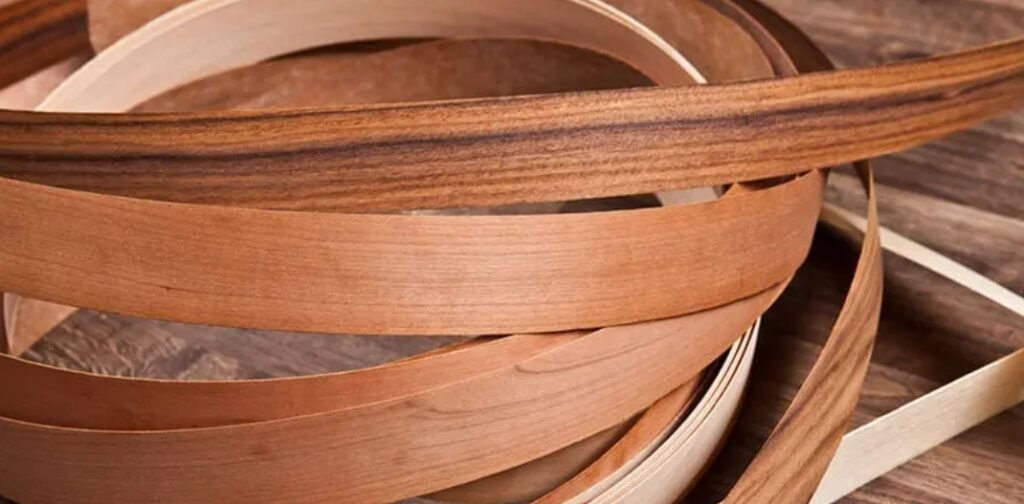
Endless Options for Personalization
One of the exciting features of PVC edge banding is the wide range of options available. Manufacturers can choose from various colors, textures, and finishes to perfectly match their furniture style. Whether you’re going for a contemporary vibe or a classic aesthetic, there’s a PVC edgebanding solution to suit every taste. This versatility allows designers to get creative and produce unique pieces that truly stand out.
Resilience in Moist Environments
In areas where moisture is a concern—like kitchens and bathrooms—PVC edge banding really shines. Its water-resistant qualities help keep moisture at bay, preventing furniture from swelling or warping. This is especially crucial for maintaining the integrity of cabinetry and countertops, ensuring they remain both functional and attractive over time.
Safety for Little Ones
For furniture designed for children, safety is key. Sharp or rough edges can be a hazard, but with PVC edge banding, those edges are smoothed out, making the furniture safer for kids. This thoughtful detail provides peace of mind for parents, knowing that their children are using furniture designed with their safety in mind.
Cost-Effective Choices
PVC edge banding can also be a smart financial choice. It can mimic the look of premium materials, like solid wood, without the hefty price tag. This not only helps keep production costs down but also allows manufacturers to offer more affordable options to consumers, making quality furniture accessible to a wider audience.
Commitment to Quality
Quality is essential in furniture making, and PVC edgebanding plays a vital role in ensuring that. Properly applied edge banding reflects a manufacturer’s dedication to craftsmanship. When done right, good edge banding not only enhances the furniture’s appearance but also contributes to its durability, ensuring each piece is built to last.
Conclusion
In the world of furniture making, edge banding is often an unsung hero. It protects and enhances furniture, making it both attractive and sturdy. Whether you’re admiring a classic cabinet or a sleek modern desk, chances are edge banding has played a key role in its design. As consumers increasingly seek furniture that is stylish and built to last, edge banding remains a crucial element of the manufacturing process. It may be a small detail, but its impact is significant, ensuring that every piece of furniture is a beautiful and durable creation, thanks to the power of edge banding!










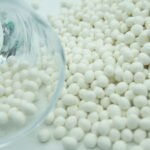

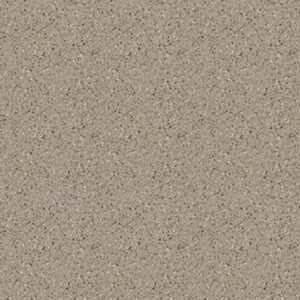
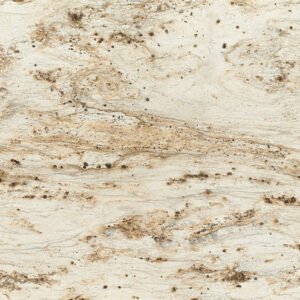




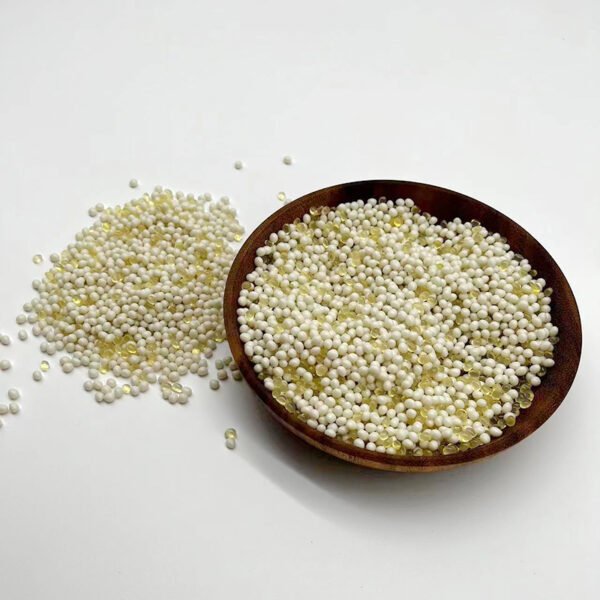

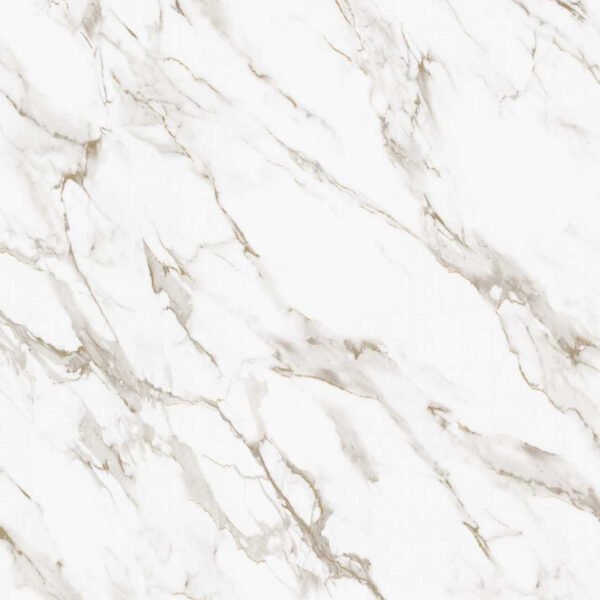



Leave a Reply